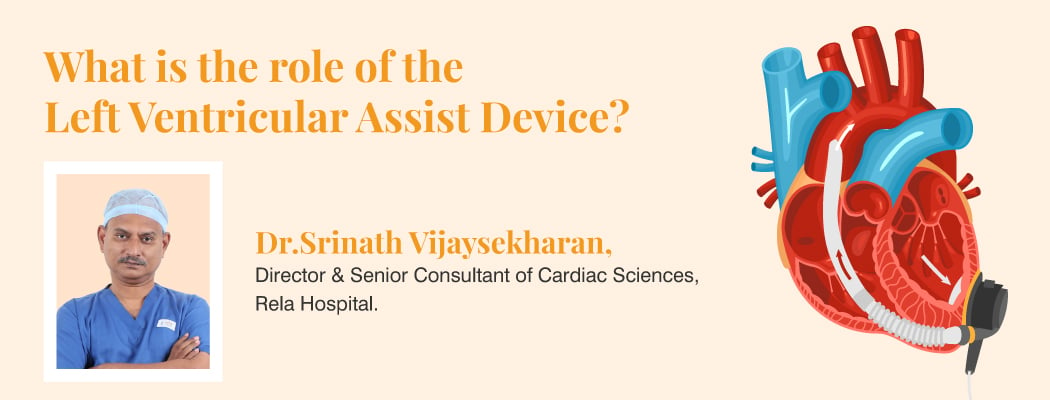Fatty Infiltration of the Liver
May 9, 2024

Fatty Infiltration of the liver
Fatty infiltration means overaccumulation of fat in the liver.Fatty infiltration, can eventually cause damage to the liver. Liver damage is usually treatable. By adopting a healthy diet and lifestyle and using less alcohol, you can either prevent or improve this liver condition.
Table of Contents
- What is Fatty Liver?
- What are the symptoms of fatty infiltration of the liver?
- What are the causes of fatty infiltration of the liver?
- What are the types of fatty infiltration of the liver?
- How to diagnose fatty infiltration of the liver?
- How to prevent fatty infiltration of the liver?
- What are the Complications from Fatty Infiltration of the Liver?
- Conclusion
- Frequently asked questions
What is Fatty Liver?
The body uses the liver as its primary organ for breaking down meals and waste.Very little or no fat is present in a healthy liver. Your body converts some calories from excess food and alcohol into fat as a way of coping with the excess.The liver cells subsequently store this fat.
You have fatty liver when the percentage of fat in your liver is greater than 5% to 10%.Excessive fat accumulation in the liver is known as fatty liver. It is prevalent, especially in those who are overweight and have diabetes. It can result in serious health issues even though there may not be any symptoms. The best way to avoid and treat the illness is to make lifestyle changes.
What are the symptoms of fatty infiltration of the liver?
Most of the time, fatty infiltration of the liver is asymptomatic. Those experiencing symptoms :
- could feel worn out or generally ill.
- experience discomfort in their upper right abdomen
- have weight reduction
The following are indicators of a more severe case of fatty infiltration of the liver:
- jaundice, or yellow eyes and skin.
- bruises
- dark urine
- bloated stomach
- bleeding when vomiting
- black faeces
- itchiness on the skin
If you experience any of these signs, consult your physician.
What are the causes of fatty infiltration of the liver?
Most often, a number of variables working together over an extended length of time cause fatty infiltration of the liver.Following are some of the common causes:
- Obesity and being overweight, particularly in the abdomen
- Being insulin-resistant or suffering from type 2 diabetes
- Have elevated triglycerides or blood cholesterol
- Exceeding the recommended alcohol intake
Less frequent causes of fatty infiltration of the liver include:
- Medications
- An underactive thyroid
- Having PCOS, or polycystic ovarian syndrome.
- Late-stage pregnancy problems might also induce fatty liver in certain individuals.
What are the types of fatty infiltration of the liver?
There are two main causes of fatty infiltration of the liver:
FATTY INFILTRATION OF THE LIVER LINKED TO METABOLISM:
The type of fatty infiltration of the liver that occurs most frequently is metabolically related. Other names for this condition include
- Non-alcoholic fatty liver disease
- Hepatic steatosis without alcoholism
Being overweight or obese and not getting enough exercise is the cause of this kind of fatty infiltration of the liver.
ALCOHOL-INDUCED FATTY INFILTRATION OF THE LIVER
Long-term excessive alcohol use is the cause of alcohol-related fatty infiltration of the liver.
How to Diagnose Fatty Infiltration of the Liver?
It is difficult to diagnose this condition because the majority of people don’t have any symptoms.
To determine whether you have fatty liver disease, your doctor may employ a variety of techniques. Your doctor may utilise a variety of tools to identify fatty liver disease, including:
A liver function test, which is a blood test, can be required of you. This will evaluate the condition of your liver. Additionally, a scan like an MRI or ultrasound can be advised.
You might require more testing to thoroughly examine your health if the results indicate that you have fatty liver.
In light of the test results, your physician can recommend that you consult a gastroenterologist. In more serious situations, a physician could schedule a liver biopsy to confirm the diagnosis. This will also assist them in determining the extent of the illness.
How to Prevent Fatty Infiltration of the Liver?
To avoid fatty infiltration of the liver adopt lifestyle practices such as:
- eating a diet high in fruits, vegetables, whole grains, and healthy fats.
- preserving a healthy weight
- consuming little to no alcohol
- engaging in regular physical activity most days of the week
What are the Complications from Fatty Infiltration of the Liver?
Fatty infiltration of the liver on its own often doesn’t initially cause too many issues for most people.Gradually, it may get worse.
Liver inflammation brought on by excess fat in the liver ultimately results in liver fibrosis, or scarring. More severe chronic liver diseases like cirrhosis or liver cancer could also result from it.
Some individuals who develop severe liver cirrhosis require a liver transplant.
Conclusion
The buildup of extra fat in the liver is known as fatty infiltration of the liver. Until there has been extensive liver damage, many people with fatty liver disease don’t exhibit noticeable symptoms. When early symptoms appear, they may be vague and include weariness and pain in the upper right abdomen.
The main course of treatment for fatty liver disease is to adopt healthier lifestyle choices that support liver function. When treated in its early stages, fatty liver disease can potentially reverse the harm that has been done.
Frequently Asked Questions
1. Is fatty infiltration of the liver serious?
Fatty infiltration of the liver is a symptom of liver disease (SLD). Risk factors include metabolic disorders and high alcohol consumption. The accumulation of fat may not create any issues, or it may cause damage to your liver, depending on the type of liver disease you have.
2. Is it possible to lessen fatty infiltration of the liver?
It is possible to lower inflammation and liver fat if you adhere to your doctor’s treatment recommendations. You can stop the damage from getting worse and even reverse early liver damage in some situations.
3. Which diet is recommended for those with fatty infiltration of the liver?
If you have weight-related fatty infiltration of the liver, you should gradually reduce your body weight by eating a balanced diet. Additional foods and diets high in whole grains, nuts, seeds, fish, and poultry are beneficial. It’s also critical to abstain from sugar-filled beverages and excessive red meat consumption.







